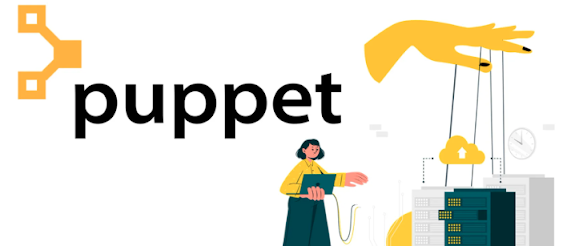Capabilities of Configuration Management Mechanisms
Configuration management is an essential practice in today's rapidly changing IT landscape. It ensures that system configurations are consistent, maintainable, and known. As part of the CCNA Exam Syllabus, we dive deep into three popular tools: Puppet, Chef, and Ansible. In this blog, we'll discuss their capabilities to provide a clear understanding of their functionalities.
Introduction to Configuration Management
Configuration management tools are instrumental in automating the setup, configuration, and management of servers and systems. They ensure uniformity and desired configurations across multiple servers, eliminating manual errors and saving precious time.
Puppet: The Model-Driven Approach
What is Puppet?
Puppet is an open-source configuration management tool that automates the provisioning and management of servers.
Capabilities of Puppet
Declarative Language: Puppet uses a model-driven approach with a declarative language. This means you define the 'end state' of your system, and Puppet ensures the system matches that state.
Scalability: Puppet can manage a few servers to tens of thousands of servers efficiently.
Flexible and Powerful Framework: Its flexibility allows for the definition of fine-grained resources like packages, services, and files.
Reporting: After each run, Puppet provides detailed reports that can be integrated with other reporting tools.
Chef: The Recipe-Centric Mechanism
What is Chef?
Chef is another potent configuration management tool that uses a mix of configurations and scripts (recipes) to set up systems.
Capabilities of Chef
Imperative Approach: Unlike Puppet, Chef uses an imperative approach, meaning you provide a series of steps to achieve the end state.
Cookbooks and Recipes: The primary configuration entities in Chef are cookbooks and recipes, allowing users to define how a particular piece of infrastructure should be built and maintained.
Integration with Cloud: Chef can seamlessly integrate with popular cloud providers, making it suitable for hybrid environments.
Inbuilt Testing: Chef has a test-driven infrastructure code approach. The configuration can be tested before being applied to ensure correctness.
Ansible: Agentless Simplicity
What is Ansible?
Ansible is an open-source automation tool for configuration management, application deployment, and task automation. Its primary selling point is its simplicity and ease of use.
Capabilities of Ansible
Agentless Architecture: Unlike Puppet and Chef, Ansible doesn’t need an agent installed on managed nodes. It typically communicates using SSH.
YAML-based Playbooks: Ansible uses human-readable playbooks written in YAML, which makes it easy to read and write.
Modular and Reusable: Ansible roles allow users to break down complex configurations into reusable components.
Versatile Inventory Management: Ansible provides a flexible inventory system that can integrate with other sources like cloud providers or LDAP.
Conclusion
Puppet, Chef, and Ansible are each powerful in their right, and the best tool often depends on the specific requirements and existing infrastructure of an organization. As we've seen, each tool has its approach, from Puppet's model-driven approach to Chef's recipe-centric mechanism and Ansible's agentless simplicity. Preparing for the CCNA Exam? Remember, a deep understanding of these tools' capabilities will be crucial in your journey.














0 comments:
Post a Comment